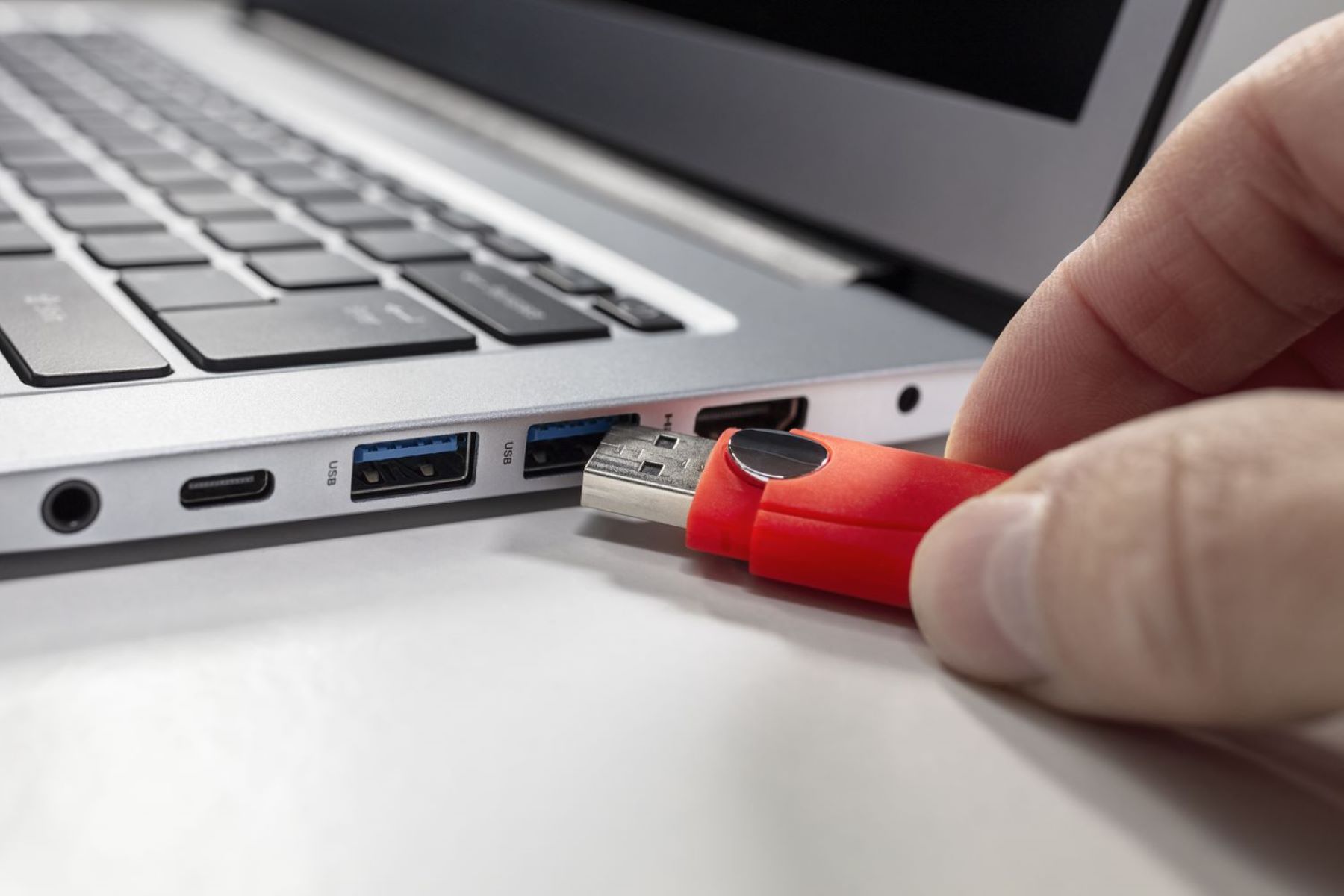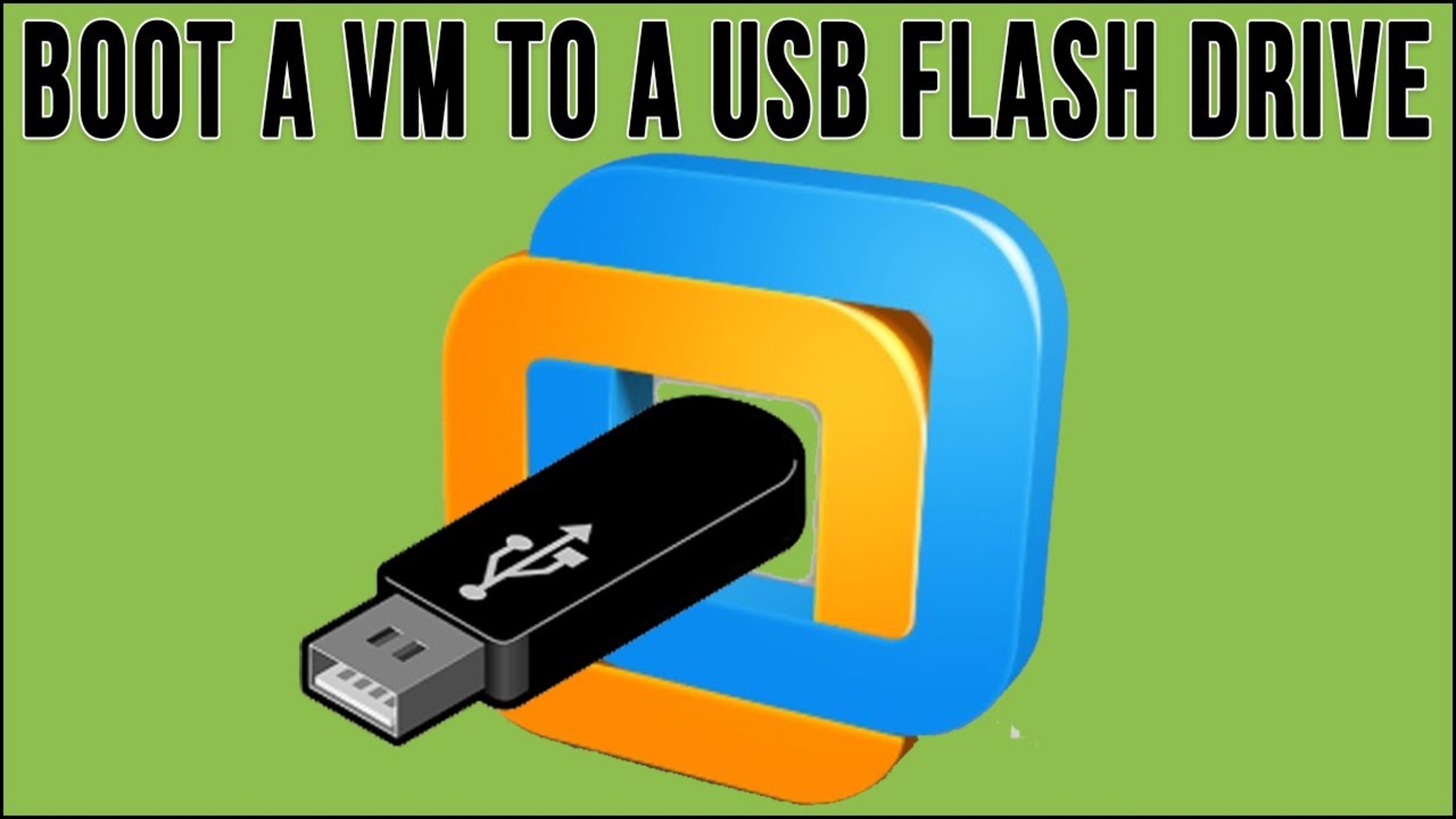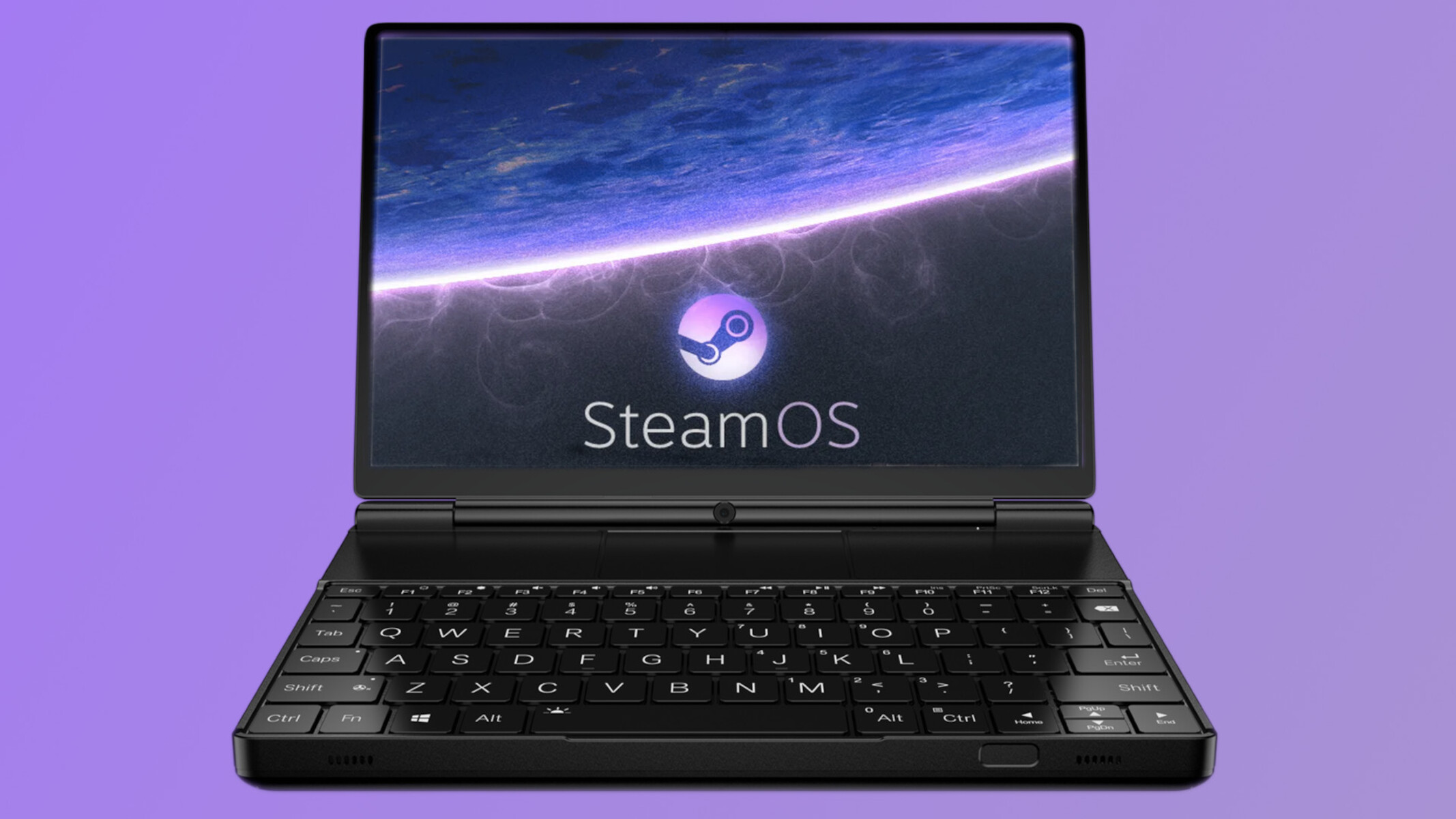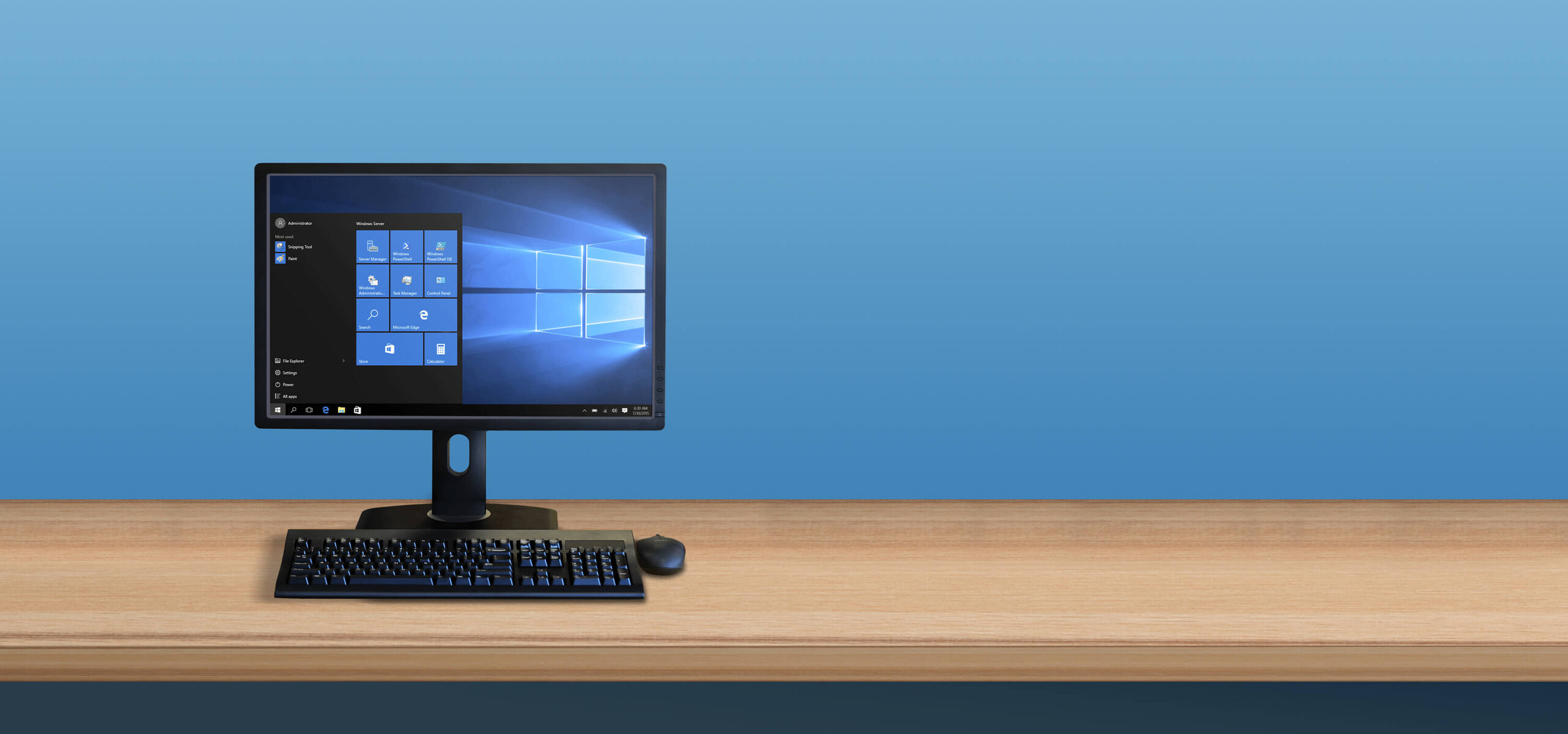Introduction
Welcome to this guide on how to connect USB to VMware virtual machines. USB passthrough is a crucial feature in VMware that allows you to connect and utilize USB devices within virtual machines. Whether you want to use USB printers, scanners, external storage devices, or any other USB peripherals, this article will walk you through the process of enabling and configuring USB passthrough in VMware.
Virtual machines provide a convenient way to run multiple operating systems on a single physical machine. However, by default, the virtual machine does not have direct access to the host machine’s USB ports. USB passthrough solves this problem by enabling the virtual machine to recognize and use USB devices connected to the host machine. This feature is particularly useful for tasks such as software testing, accessing hardware dongles, or using devices that require direct connection to the virtual machine.
In this article, we will cover the step-by-step process of configuring USB passthrough on VMware, ensuring compatibility with USB devices, and troubleshooting common USB connection issues. By the end of this guide, you will have a comprehensive understanding of how to successfully connect USB devices to your virtual machines using VMware.
Before we delve into the technical details, it is crucial to note that not all USB devices are compatible with VMware passthrough. Certain USB devices, such as keyboards and mice, are automatically connected to the virtual machine without any additional configuration. However, devices with complex driver dependencies or specialized functionality may require additional steps. We will explore these considerations further in the subsequent sections.
Now that we have an overview of what USB passthrough entails, let’s proceed to the next section, where we will gain a deeper understanding of USB passthrough in VMware.
Understanding USB Passthrough in VMware
USB passthrough is a feature in VMware that allows you to connect and use USB devices directly within a virtual machine. When USB passthrough is enabled, the virtual machine gains access to the USB controller on the host machine, thus enabling communication with USB devices as if they were connected directly to the virtual machine.
USB passthrough is especially useful in scenarios where you need to utilize USB devices that require a direct connection to the virtual machine. Examples of such devices include external hard drives, USB cameras, USB printers, and specialized hardware dongles. By enabling USB passthrough, you can make these devices accessible to your virtual machine, allowing you to use them seamlessly within your virtual environment.
It’s important to note that not all USB devices are compatible with VMware passthrough. Some USB devices, such as keyboards and mice, are automatically connected to the virtual machine without any additional configuration. These devices are considered “generic” USB devices and are widely supported by VMware. However, devices with complex drivers or specialized functionality might require additional configuration and compatibility checks.
To enable USB passthrough on VMware, you need to configure the appropriate USB settings on both the host and virtual machine. This involves enabling USB support on the host machine, selecting the appropriate USB compatibility settings in the virtual machine settings, and connecting the USB device to the virtual machine.
It’s worth noting that USB passthrough is supported in both VMware Workstation and VMware vSphere, providing flexibility for different types of virtualization environments. The steps for enabling USB passthrough may vary slightly between these platforms, but the core concepts and configurations remain the same.
Now that you have a basic understanding of USB passthrough in VMware, let’s move on to the next section where we will explore the process of configuring USB passthrough on VMware.
Configuring USB Passthrough on VMware
Configuring USB passthrough on VMware involves several steps to enable the seamless connection and use of USB devices within your virtual machines. Let’s dive into the process:
- Enable USB support on the host machine: Before you can passthrough USB devices to virtual machines, you need to enable USB support on the host machine. In the VMware settings, navigate to the USB controller section and ensure that the “Enable USB Controller” option is selected. This will allow the host machine to pass USB traffic to the virtual machines.
- Select USB compatibility settings: Once USB support is enabled on the host machine, you need to configure the USB compatibility settings for the virtual machine. In the virtual machine settings, go to the “USB & Bluetooth” section. Here, you can choose between three USB compatibility options: “USB 1.1”, “USB 2.0”, or “USB 3.0”. Select the appropriate option based on the compatibility of the USB devices you want to connect to the virtual machine.
- Connect the USB device to the virtual machine: After configuring the USB compatibility settings, you can connect the USB device to the virtual machine. Ensure that the USB device is plugged into the host machine. In the virtual machine window, go to the “Removable Devices” menu and select the USB device you want to connect. The virtual machine will detect the USB device and make it available for use within the virtual environment.
- Install drivers if necessary: If the USB device requires specific drivers to function properly within the virtual machine, you may need to install them manually. Consult the device manufacturer’s documentation or website to download and install the appropriate drivers. Once the drivers are installed, the USB device should work seamlessly with the virtual machine.
It’s important to note that not all USB devices are compatible with USB passthrough in VMware. Some devices may not work properly or have limited functionality within the virtual machine environment. Therefore, it’s recommended to check the VMware Compatibility Guide for USB devices to ensure that the device you want to connect is officially supported.
With the USB passthrough configuration completed, you can now utilize USB devices within your virtual machines. Whether it’s accessing data on an external hard drive, printing a document with a USB printer, or using specialized USB peripherals, the USB passthrough feature in VMware allows for seamless integration of USB devices into your virtual environment.
In the next section, we will explore how to check USB device compatibility and troubleshoot common USB connection issues within VMware.
Enabling USB Passthrough on the Host Machine
To enable USB passthrough on the host machine in VMware, you need to follow these steps:
- Open the VMware settings: Launch VMware and open the virtual machine for which you want to enable USB passthrough. Alternatively, if you have already powered on the virtual machine, you can access the settings by clicking on the “VM” menu and selecting “Settings”.
- Navigate to USB settings: In the virtual machine settings window, click on the “USB & Bluetooth” option. This will display the USB settings for the virtual machine.
- Enable USB passthrough: In the USB settings, you will find an option to enable USB passthrough on the host machine. Check the box next to “Enable USB passthrough” or a similar option, depending on the version of VMware you are using.
- Configure USB compatibility: Once you have enabled USB passthrough, you can choose the desired USB compatibility setting. VMware offers three options: USB 1.1, USB 2.0, and USB 3.0. Select the appropriate option based on the compatibility requirements of the USB devices you want to connect to the virtual machine.
- Save the settings and restart the virtual machine: After configuring the USB settings, click on “OK” or “Apply” to save the changes. You will be prompted to restart the virtual machine for the new settings to take effect. Choose “Yes” to restart the virtual machine.
Once the virtual machine has restarted, USB passthrough will be enabled on the host machine. This means that the virtual machine will have access to the USB ports and devices connected to the host machine.
It’s important to note that the availability of USB passthrough and the specific options may vary depending on the version of VMware you are using. Additionally, some advanced features may require additional configurations or specific hardware support.
Enabling USB passthrough on the host machine is a crucial step in successfully connecting and utilizing USB devices within your virtual machines. With USB passthrough enabled, you can seamlessly integrate USB peripherals, external storage devices, and other USB devices into your virtual environment.
In the next section, we will explore how to check USB device compatibility to ensure smooth connectivity with virtual machines.
Checking USB Device Compatibility
Before connecting USB devices to your virtual machine using USB passthrough in VMware, it’s important to ensure that the devices are compatible. Not all USB devices can be successfully connected or have full functionality within a virtual machine environment. Here are some steps to check USB device compatibility:
- Check the VMware Compatibility Guide: VMware provides a Compatibility Guide that lists USB devices known to be compatible with USB passthrough. Visit the VMware Compatibility Guide website and search for the specific USB device you want to connect. The guide will indicate whether the device is listed as compatible or if there are any limitations or known issues.
- Visit the manufacturer’s website: Consult the manufacturer’s website for the USB device you want to connect to your virtual machine. Look for any documentation or support resources that outline compatibility with virtualization environments. Manufacturers often provide guidance or specific drivers tailored for virtual machine usage.
- Consider the USB device type: Certain USB devices, such as keyboards, mice, and generic storage devices, are usually universally compatible with USB passthrough in VMware. However, devices with complex drivers, specialized functionality, or unique firmware may have limitations or require additional configuration.
- Testing and trial: If you have access to the USB device, you can connect it to the virtual machine to test compatibility and functionality. Ensure that you have enabled USB passthrough correctly and have selected the appropriate USB compatibility settings. Note any issues or limitations you encounter during the testing phase.
By checking USB device compatibility before connecting them to your virtual machine, you can avoid potential issues or limitations and ensure a smoother experience. USB passthrough is specifically designed to support a wide range of USB devices, but it’s always best to verify compatibility to avoid any unexpected behaviors or functionality gaps.
Once you have confirmed the USB device compatibility, you can proceed with connecting the device to your virtual machine and leveraging its functionality within the virtualized environment.
In the next section, we will delve into the process of connecting USB devices to a virtual machine using USB passthrough in VMware.
Connecting USB Devices to a Virtual Machine
Connecting USB devices to a virtual machine using USB passthrough in VMware is a straightforward process. Follow these steps to successfully connect a USB device:
- Ensure USB passthrough is enabled: Before connecting the USB device, ensure that USB passthrough is enabled on the host machine and that you have selected the appropriate USB compatibility settings in the virtual machine settings.
- Plug the USB device into the host machine: Connect the USB device to one of the USB ports on the host machine. Make sure the device is properly plugged in and recognized by the host machine’s operating system.
- Select the USB device in the virtual machine: In the virtual machine window, go to the “Removable Devices” menu. A list of available USB devices connected to the host machine will be displayed. Select the USB device you want to connect to the virtual machine.
- Connect the USB device: After selecting the USB device from the “Removable Devices” menu, click on the device name to establish the connection. The virtual machine will detect the USB device and make it available for use within the virtual environment.
- Install drivers if necessary: Depending on the USB device and its functionality, you may need to install specific drivers within the virtual machine. Consult the device’s manufacturer documentation or website to determine if any drivers are required. Install the drivers as instructed to ensure full functionality of the USB device within the virtual machine.
Once the USB device is successfully connected, it should appear within the virtual machine as if it were physically connected to a USB port on the virtual machine. You can now use the USB device for various purposes, such as data transfer, printing, or accessing device-specific features.
It’s important to note that only one virtual machine can have exclusive access to a USB device at a time. If you encounter difficulties connecting a USB device, make sure it is not already connected to another virtual machine or host application that may be using it.
If you need to disconnect the USB device from the virtual machine, you can do so by going to the “Removable Devices” menu and selecting the USB device, then choosing the “Disconnect” option.
With USB devices successfully connected to your virtual machine using USB passthrough in VMware, you can take full advantage of their functionality within the virtualized environment.
In the next section, we will discuss common troubleshooting steps for USB connection issues in VMware.
Troubleshooting USB Connection Issues
While USB passthrough in VMware generally works smoothly, there may be instances where you encounter USB connection issues. Here are some common troubleshooting steps to help resolve these issues:
- Check USB device compatibility: Ensure that the USB device you are trying to connect is compatible with USB passthrough in VMware. Refer to the VMware Compatibility Guide or the manufacturer’s documentation to verify compatibility. Some devices may require specific drivers or have limited functionality within a virtual machine environment.
- Restart the virtual machine and host machine: Sometimes, a simple restart can resolve USB connection issues. Begin by restarting the virtual machine and the host machine where VMware is installed. This can help refresh the USB connections and resolve any temporary issues.
- Reinstall VMware Tools: VMware Tools is a software package that enhances the performance and functionality of virtual machines. If you are experiencing USB connection issues, reinstalling VMware Tools within the guest operating system may help. Go to the “VM” menu in the VMware window, select “Reinstall VMware Tools”, and follow the on-screen instructions.
- Check USB settings: Verify that USB passthrough is enabled on the host machine and that the correct USB compatibility settings are selected in the virtual machine settings. Double-check that your USB device is correctly plugged into the host machine and recognized by the operating system.
- Connect the USB device to a different USB port: If the USB device is not being detected, try connecting it to a different USB port on the host machine. Some USB ports may have better compatibility or power delivery capabilities than others.
- Update USB device drivers: If the USB device requires specific drivers to function properly, ensure that you have installed the latest drivers within the guest operating system. Visit the manufacturer’s website to download and install the appropriate drivers for your USB device.
- Check USB controller settings: In the virtual machine settings, verify that the USB controller is enabled and properly configured. You may need to adjust settings such as the USB compatibility version or disable and enable the USB controller to resolve any issues.
- Try a different USB cable: Faulty or incompatible USB cables can cause connection issues. Try using a different USB cable to connect your USB device to the host machine.
If none of the above troubleshooting steps resolve the USB connection issues, you may need to seek further assistance from VMware support or consult relevant forums and communities for additional guidance.
Remember, USB passthrough in VMware is a powerful feature that allows you to connect and utilize USB devices within virtual machines. By identifying and resolving any USB connection issues, you can fully leverage the benefits of USB passthrough and seamlessly integrate USB devices into your virtualized environment.
With the troubleshooting tips provided, you should be better equipped to resolve USB connection issues and ensure a smooth and uninterrupted experience using USB passthrough in VMware.
Conclusion
In this guide, we have explored the process of connecting USB devices to VMware virtual machines using USB passthrough. USB passthrough enables the virtual machine to directly interact with USB devices connected to the host machine, providing seamless integration and access to USB peripherals within the virtual environment.
We started by understanding the concept of USB passthrough and its significance in VMware. We then moved on to the step-by-step process of configuring USB passthrough on both the host machine and virtual machine, ensuring compatibility and troubleshooting any potential connection issues.
Enabling USB passthrough on the host machine is crucial in successfully establishing a connection between USB devices and the virtual machine. By following the proper configuration steps and choosing the appropriate USB compatibility settings, you can seamlessly utilize USB devices within your virtual environment.
We also discussed the importance of checking USB device compatibility. Not all USB devices are fully compatible with USB passthrough, so it’s crucial to verify compatibility through the VMware Compatibility Guide or by consulting the manufacturer’s documentation.
Next, we explored the process of connecting USB devices to the virtual machine. By following a few simple steps, such as selecting the USB device and connecting it to the virtual machine, you can effectively use USB peripherals within your virtual environment.
Lastly, we covered troubleshooting techniques for common USB connection issues. From checking compatibility to restarting the virtual machine and host machine, these troubleshooting steps can help resolve any USB-related problems that may arise.
In summary, USB passthrough in VMware is a powerful feature that allows for seamless integration of USB devices into virtual machines. By understanding the configuration process, checking compatibility, and troubleshooting connection issues, you can fully leverage the benefits of USB passthrough and enhance your virtualization experience.
We hope that this guide has provided you with the necessary knowledge and tools to successfully connect USB devices to your VMware virtual machines. Now you can enjoy the convenience and functionality of USB devices within your virtual environment.

























